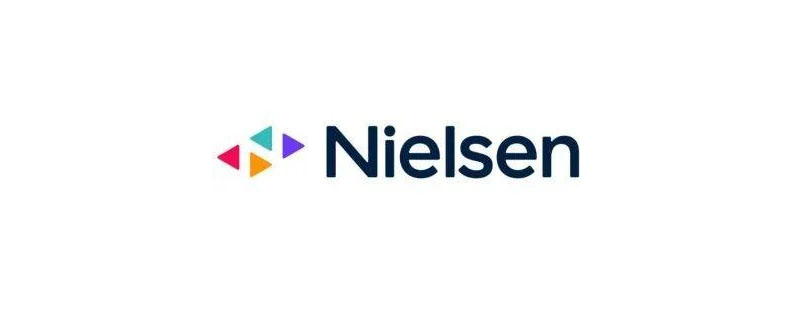Source: www.insideradio.com, August 2023
Nielsen’s overhaul of its antiquated diary-based radio ratings methodology will do more than collect data on broadcast radio listening. Its forthcoming electronic audio diary intends to capture all audio content being consumed, by asking respondents to enter their listening to other sources of audio, like podcasts, satellite radio and streaming.
 As first reported by Inside Radio, Nielsen’s paper diary is going away, to be replaced by a mobile diary in 2025. The new collection instrument, known as mSurvey, will use “a modernized method of data collection, optimized for use on mobile phones, as well as usage on tablets and PCs,” Steve Walker, VP of Product Management for U.S. Audio and TV Panels at Nielsen, tells Inside Radio. “While the collection method is changing, the diary service will remain a survey-based probability sample, projectable to the population, with sample sizes comparable to what they are today.”
As first reported by Inside Radio, Nielsen’s paper diary is going away, to be replaced by a mobile diary in 2025. The new collection instrument, known as mSurvey, will use “a modernized method of data collection, optimized for use on mobile phones, as well as usage on tablets and PCs,” Steve Walker, VP of Product Management for U.S. Audio and TV Panels at Nielsen, tells Inside Radio. “While the collection method is changing, the diary service will remain a survey-based probability sample, projectable to the population, with sample sizes comparable to what they are today.”
As with its decades-old paper diary, Nielsen will ask respondents to record all of their radio listening during a seven-day period that, just like today, runs Thursday to Wednesday. The mSurvey will also capture household demographics and ask respondents to provide any comments, same as the paper diary.
By asking survey participants to record listening to podcasts, satellite radio and streaming, Nielsen aims to provide a more holistic picture of audio listening in its 200 diary markets.
While the new methodology doesn’t address one of radio’s biggest gripes about Nielsen – small sample sizes – updating the ratings collection instrument that’s been used since the 1950s is expected to increase compliance rates among younger listeners and capture more radio listening.
Walker says previous testing by Nielsen has shown the combination of an electronic diary and digital incentives will have more appeal to younger demographics. Instead of having to wait for Nielsen to mail a check after participants fill out their paper diary, mSurvey respondents will receive digital incentives, like electronic gift cards or other rewards that are delivered immediately once they submit their completed diary.
“While incentive amounts may stay similar to what they are today, digital incentives allow respondents the flexibility to choose rewards that best fit their lifestyle,” says Walker who oversees the team responsible for the testing and implementation of the electronic Audio Diary. “The electronic diary will also help to reduce Nielsen’s carbon footprint due to the paperless collection process, as well as lessen our reliance on the U.S. Postal Service.”
A full deployment of the new electronic diary isn’t expected until the second half of 2025.
Several Rounds Of Testing Planned
Nielsen’s primary focus, until now, has been on designing the listening collection instrument. Walker, whose role is to define the strategy and roadmaps for Nielsen’s Audio and TV panels in the U.S., says several rounds of testing are planned using “a wide range of respondents to work through technical and usability issues and get feedback on the overall mSurvey experience.” In addition, the test will allow Nielsen to gauge “the overall robustness” of the systems it will use to process the listening data that produces the ratings – before it implements the new methodology.
While the mSurvey isn’t expected to replace the paper diary for two more years, Nielsen plans to conduct its first “larger-scale” test in the third quarter of 2023. Walker says this year’s test “will give us initial feedback on how people enter their listening that can be incorporated before full rollout.” Follow-up trials will test the end-to-end process, from recruitment to reporting, so Nielsen can see how the new system affects compliance rates and other key performance indicators, along with audience levels. – Paul Heine

